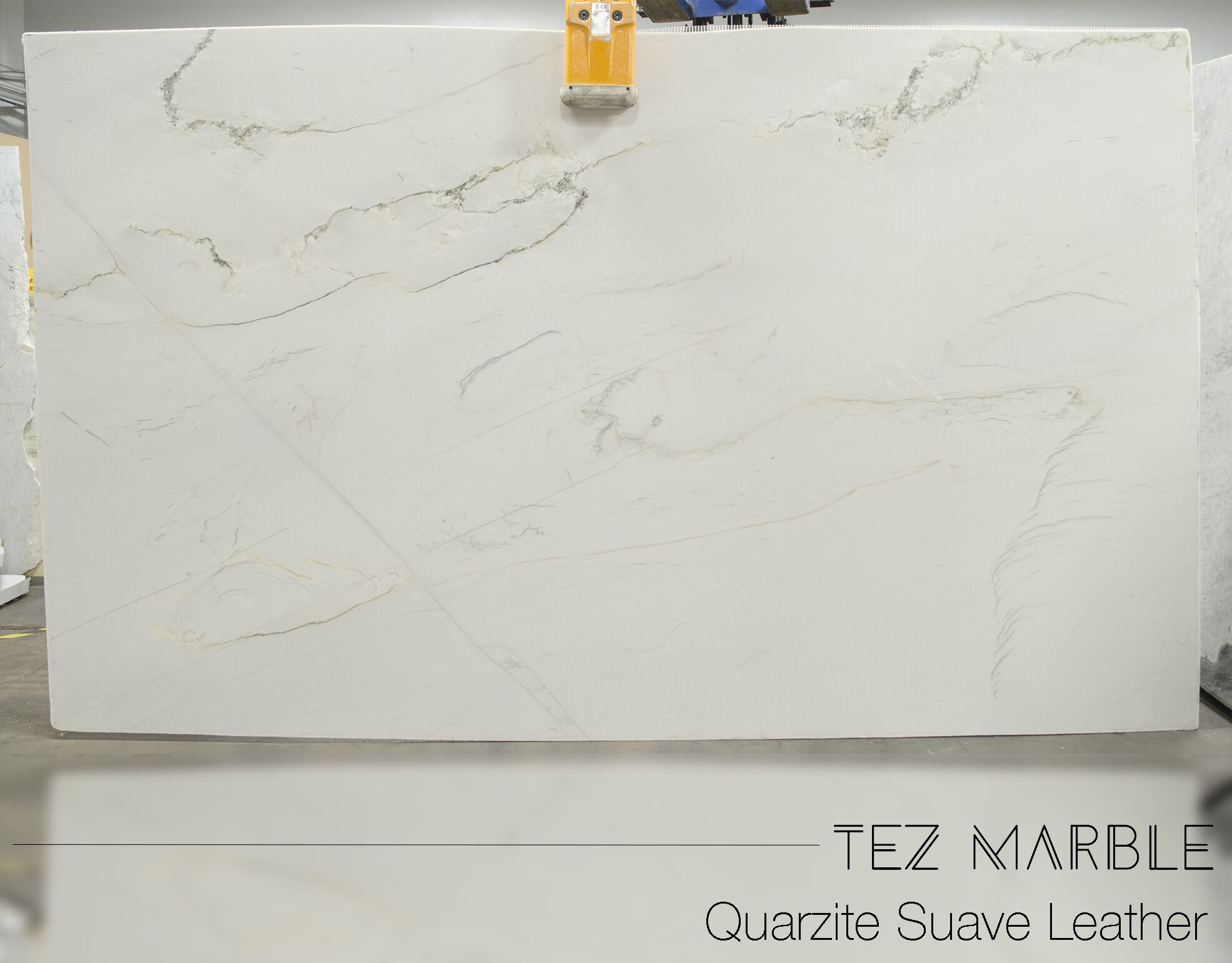Choosing the best countertop materials for your home might be difficult because there are so many exquisite possibilities available. Understanding the characteristics of each material can help you reach your design objectives and make a home that is practical and elegant. To assist you in selecting the material that is best for you, we will explore the differences between quartzite and porcelain.
What is the Difference Between Quartzite and Porcelain?
Porcelain has historically been used as a material for floors, wall coverings, and building facades; nevertheless, it has lately gained popularity as a material for countertops. Throughout the world, quartzite has established a solid reputation as a dependable and durable countertop alternative for homes. To help you in choosing which of the two is better for you, we compare the upsides and downsides of both quartzite and porcelain.
- Origin
Quartzite: The primary component of quartzite, a metamorphic rock, is recrystallized quartz crystals. A metamorphic transformation involving intense heat and pressure transform it from a sedimentary rock into quartzite. The process alters the structure, design, and appearance of the sandstone, giving quartzite a variety of appearances. Pure quartzite, which is typically white or gray, is produced when the quartz percentage in sandstone is high. If other minerals are present, quartzite will come in other colors.
Porcelain Like all other ceramics, clay is combined with additives, shaped, and fired to create porcelain. The temperature it is heated in varies from 1100°C to 1400°C based on the type of porcelain. Porcelain is a strong, dense, long-lasting, and low-porous material made by cooking fine clay at extremely high temperatures.
- Appearance
Quartzite: When quartzite is at its most pure, it usually has a color that is either white or light gray. Although the majority of quartzite slabs feature light to heavy gray streaks, some also have noticeable striations that distinguish them slightly from marble. In addition to white and gray, quartzite can also come in a number of other colors, depending on the mineral makeup of the stone. Some of the colors include red, blue, green, yellow, and black.
Porcelain: Porcelain offers many different color and pattern options thanks to it being artificial, and hence it is uniform. Color and designs are imprinted on the porcelain’s surface during the production process, creating beautiful patterns and vibrant hues. If you have enough budget, you can get a porcelain that is genuinely one of a kind. Seams are more prone to be noticeable in porcelain because of their uniform design.
- Durability
Quartzite: Due to its exceptional hardness, quartzite is an extremely durable and long-lasting surface for kitchen countertops. It is more durable against everyday wear, chipping, and discoloration. Quartzite countertops are not only strong but also heat resistant. As a result, it will not be damaged if a hot pan is put on top of it. It won’t be scratched if you use knives on it as well. Quartzite is an excellent surface for outdoor kitchen countertops because of its resistance to ultraviolet rays. It will not fade or discolor, even when subjected to direct sunshine.
Porcelain: Porcelain is one of the best materials to use for floors or countertops since it is robust and thick. It is ideal for high-traffic areas with exposure to water because it does not absorb moisture. Spills should, however, be wiped up as quickly as possible to prevent damaging the grout or staining it. If the countertop is not damaged, you can expect porcelain to survive a lifetime.
- Maintenance
Quartzite: Although quartzite is far tougher than other materials, this does not mean that it is immune to staining. It is fairly porous as it is a natural stone. Sealing is necessary to keep liquid from soaking through the surface. Quartzite is, however, very merciful in regard to its care and maintenance. Use a gentle cloth, lukewarm, and soap for general cleaning. For tough stains, we suggest using a cleaner made specifically for stone. Use disinfectant wipes if you spill any beverages. Avoid using bleach.
Porcelain: Porcelain is made from ceramic clay and fired in a kiln giving it its exceptional hardness and durability. It is moisture and stain-resistant and is simple to clean. Although the material is sturdy, the grout used in the installation is more prone to moisture and requires a surface sealant to prevent water absorption. If it does get wet, it could ruin the countertops or floors and encourage mould growth.
- Cost
Quartzite: The price of quartzite per square foot normally ranges from $60 to $100, though it could cost more if you select a rarer variation.
Porcelain: Depending on the material, the style of beveled edge you choose, and the project’s complexity, installing slab porcelain counters can cost between $50 and $100 per square foot. If there are more cutouts and corners, the price per square foot is probably going to go up.
Conclusion
Most of the time, your tastes will determine whether to use quartzite or porcelain. If sturdiness and ease of maintenance are your main concerns, you truly will not be dissatisfied with either of them. When choosing between quartzite and porcelain for your home, it all relies on how you intend to utilize it.

